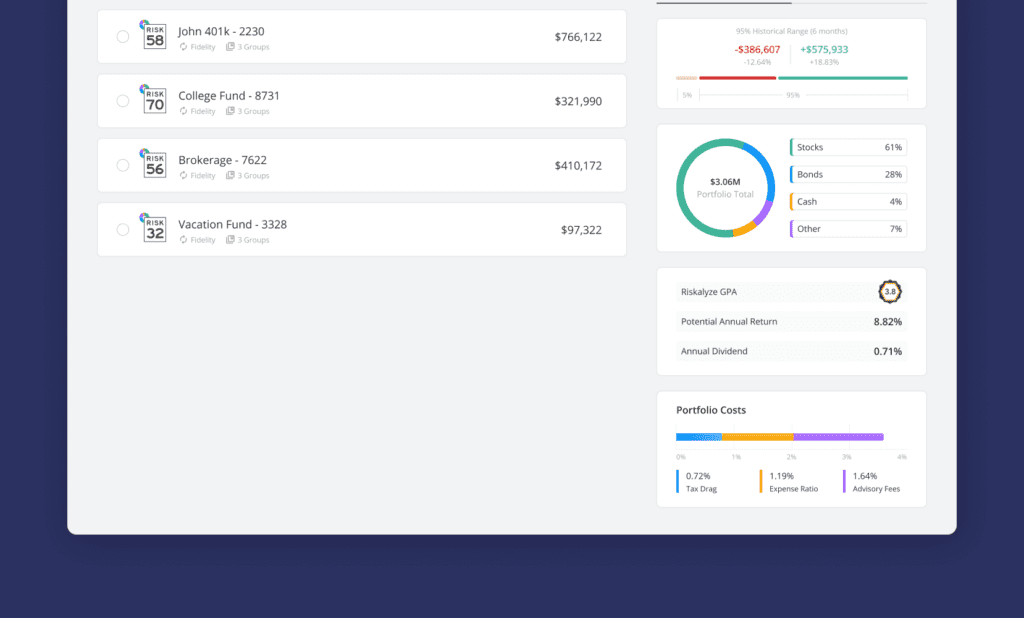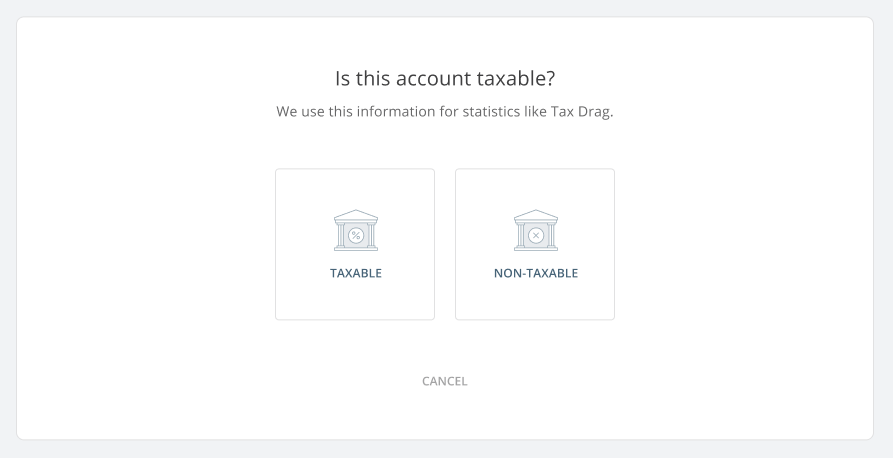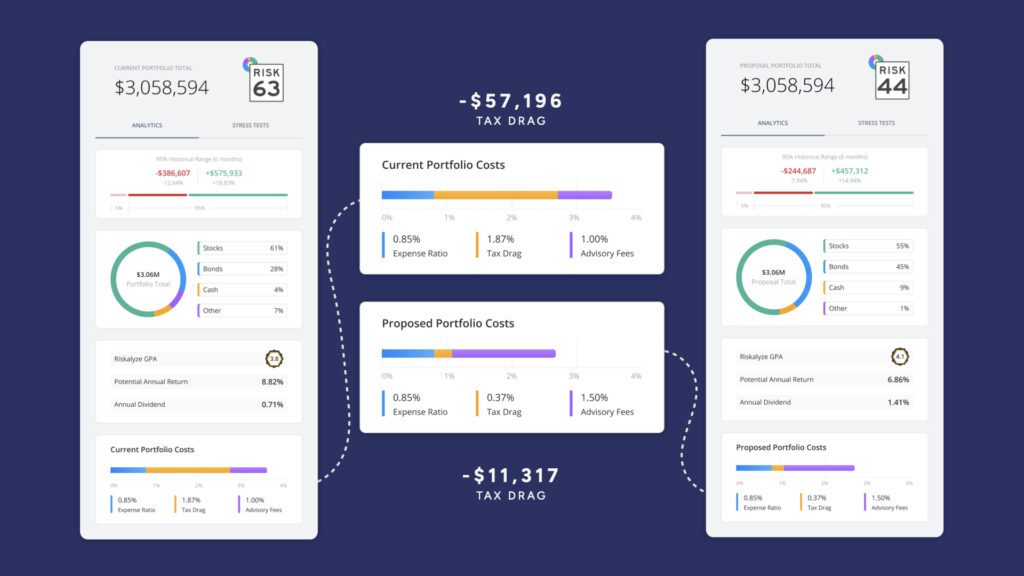If your firm desires to scale or grow, there are two primary ways to do it: inorganic growth or organic growth.
Inorganic growth happens when firms experience a merger and acquisition (M&A). But for this article, we’re going to focus on the vast opportunities you’ll find by pursuing organic growth.
Organic growth can be broken down into two categories: outbound marketing and inbound marketing.
Outbound marketing refers to strategies you use (and typically pay for) to put yourself in front of your desired audience: ads, email lists, billboards, commercials, etc. By comparison, inbound marketing includes the strategies you use to attract your audience to you: blog writing, email newsletters (not through a paid list), Ebooks, checklists, videos, and social media.
In this blog, we’ll show you the best ways to use social media to grow your brand and, eventually, scale your firm.
5 Tips for Social Media Marketing That Works
Social media is saturated with posts from millions of people and firms. Even if your network is small, people still tend to swipe or scroll until they see something that catches their eye.
Use Visually Driven Content
It’s essential that your social posts are visually driven and reflect your firm’s branding. People absorb and register images much, much faster than text. In fact, social media posts with images receive 650% more engagement than posts with text only.
Focus on Your Clients
People don’t come to Facebook or Twitter to read a sales pitch (in fact, they’re probably trying to avoid sales pitches while on social media). So give the people what they want!
Identify their biggest pain points and offer solutions, answers, or resources to address them. If your target audience is tech employees, share posts about equity compensation planning, wealth building, homebuying, etc.
Understand Each Platform’s Algorithms
Every platform has developed its own algorithm to determine the visibility of a post. This can get fairly complex and is certainly not an exact science. But knowing what time of day is best to post, or what type of content (links, photos, videos, etc.) the platform tends to favor can be helpful.
More important than trying to game an algorithm, though, is consistency. If the old quote about success in life is mostly about showing up, that sentiment also applies to social media.
Use Testimonials If Possible
Testimonials offer proof of your ability to help others and (when done in a compliance-friendly manner) can be powerful tools for attracting new clients.
The SEC has recently ruled that RIAs are allowed to share testimonials on social media. This is still a fairly new change, so we recommend proceeding cautiously. Before incorporating this into your social media strategy, talk to your compliance officer or department.
Engage More Than You Post
Sometimes, people forget the social part of social media.
As a general rule of thumb, engage with others 80% of the time and post your own content 20% of the time. Doing so will broaden your visibility beyond your network, so you can extend your reach and find new audiences who see your comments on other peoples’ posts.
The Social Platforms Financial Advisors Should Use
Start by looking at your target demographic and consider what platforms they’re using.
For example, LinkedIn may not be the right place to reach people in retirement, but it could be a great way to connect with wealth builders or those reaching their peak earning years.
Twitter is an effective platform for growing your professional network or talking to journalists and publications. It tends to work best for connecting with other people in the financial services industry, as opposed to connecting directly with new potential clients.
Once you have an idea of where your clients may be spending their time, start to test the waters and see where you find success.
If this is your first time managing a business social media account, don’t feel like you have to jump onto every platform all at once. Start with one, maybe two, and figure out what works well and what doesn’t. Get comfortable with maintaining a regular schedule, engaging with others, and gradually you’ll be able to grow your network.
Eventually, you may want to check out another platform. But it’s better to put your effort into growing a presence on one platform consistently than to try to overwhelm yourself with multiple platforms. If that happens, it’s possible you won’t be able to devote enough time to any of them to really make a difference.
Creating a Social Media Marketing Calendar
A social calendar keeps you accountable and helps to maintain a regular, consistent online presence. You can use it to identify timely opportunities to post, such as holidays, special months, tax or financial deadlines, and more.
The benefit of creating a calendar is that you can give yourself time to think about upcoming topics to post on, create relevant graphics, search for relevant hashtags or keywords or make a quick video to enhance the post.
By thinking ahead, you can use a social media scheduling tool that allows you to load and schedule multiple posts at once instead of manually posting something new every day. This can help put more time back in your day to share, comment, and interact with other posts instead.
As you create your social media calendar, don’t forget to include time each week or month to check the analytics. This information will help you determine how many people saw your posts, clicked on links, shared them, etc. You’ll be able to see what types of posts are performing well and which aren’t.
When analyzing this data, look for patterns, such as posts with images or videos or posts that use certain hashtags. Eventually, you’ll be able to figure out your own “secret sauce” for boosting engagement.
How Often Should You Post?
It’s not a hard and fast rule, but trying to post daily on the social platform you’ve decided to commit to may be the fastest route to achieving your goals.
Things move very quickly on social media. A tweet, for example, has a lifespan of about 15 minutes. On LinkedIn, posts show up on user feeds for about 24 hours.
Because of this, posting regularly helps maintain visibility with your network. It’s likely not everyone will see every post you share, so no need to worry about coming across as too “spammy.” In fact, you can use this to your advantage by tweaking and resharing the same messaging or content multiple times. You don’t have to reinvent the wheel every time you want to post something.
Ready to Start Your Social Media Journey?
We know social media can be intimidating, especially as a financial advisor who may have shied away from it in the past.
To help out, we created this free social media calendar template that you can use to start mapping out your posts, follow a schedule, and grow your presence online.




